Description
Polyethylene Glycol Diacrylate (PEGDA): A Versatile Building Block in Biomaterials and Beyond
Polyethylene Glycol Diacrylate (PEGDA) has emerged as a powerhouse material in a variety of fields, from biomedical engineering to microfluidics. Its versatility stems from its biocompatibility, water solubility, and the ability to be easily crosslinked into hydrogels. This article explores the properties, applications, and significance of PEGDA in the modern scientific landscape.
What is PEGDA? Unpacking the Structure
PEGDA is a synthetic polymer derived from polyethylene glycol (PEG). PEG itself is known for its low toxicity and resistance to protein adsorption, making it a frequently used ingredient in pharmaceuticals and cosmetics. PEGDA takes these properties a step further by adding acrylate groups to the ends of the PEG chain. These acrylate groups are highly reactive and allow for the formation of crosslinked networks, creating hydrogels under various initiation methods like UV light or chemical initiators.
The structure of PEGDA can be represented as: CH₂=CHCOO-[CH₂CH₂O]ₙ-COCH=CH₂
Where ‘n’ represents the number of repeating ethylene glycol units, determining the molecular weight of the PEGDA. Different molecular weights offer a range of properties, allowing researchers to tailor PEGDA-based materials for specific applications.
Key Properties Driving its Versatility:
- Biocompatibility and Low Toxicity: PEG’s inherent biocompatibility is inherited by PEGDA, making it safe for in vivo applications.
- Water Solubility & Hydrogel Formation: PEGDA readily dissolves in water, forming viscous solutions that can be crosslinked into hydrogels, mimicking the environment of biological tissues.
- Tunability: The molecular weight of PEGDA can be adjusted to control the hydrogel’s mechanical properties, degradation rate, and pore size.
- Ease of Crosslinking: PEGDA is easily crosslinked using light-activated or chemical initiators, providing researchers with precise control over the gelation process.
- Chemical Modification: The acrylate groups on PEGDA can be further modified to incorporate other functionalities, enabling the creation of custom-designed biomaterials.
Applications Across Disciplines:
The unique properties of PEGDA have made it a valuable tool in a wide array of applications:
- Biomedical Engineering: This is perhaps where PEGDA shines brightest. Its biocompatibility and ability to form tunable hydrogels make it ideal for:
- Drug Delivery: PEGDA hydrogels can encapsulate drugs and release them in a controlled manner, providing localized and sustained therapeutic effects.
- Tissue Engineering: PEGDA scaffolds can provide a 3D microenvironment for cell growth and differentiation, facilitating tissue regeneration and repair.
- Wound Healing: PEGDA hydrogels can promote wound closure and prevent infection, accelerating the healing process.
- 3D Bioprinting: PEGDA’s rapid crosslinking capabilities make it suitable for creating complex 3D structures for tissue engineering and organ-on-a-chip applications.
- Microfluidics: PEGDA can be used to fabricate microfluidic devices with precisely defined structures for:
- Cell Culture: Creating controlled environments for studying cell behavior and drug screening.
- Chemical Synthesis: Performing chemical reactions on a miniaturized scale.
- Diagnostics: Developing rapid and accurate diagnostic assays.
- Coatings and Adhesives: PEGDA can be used to create:
- Biocompatible coatings for medical devices: Improving the biocompatibility and reducing the risk of implant rejection.
- Adhesives for tissue repair: Providing strong and biocompatible adhesion for wound closure and surgical applications.
Advantages and Considerations:
While PEGDA offers a wealth of advantages, it’s crucial to consider some limitations:
Advantages:
- Versatility: Adaptable to diverse applications due to its tunable properties.
- Biocompatibility: Minimizes adverse reactions in biological systems.
- Controllable Crosslinking: Allows for precise control over hydrogel formation.
Considerations:
- Mechanical Strength: PEGDA hydrogels can be relatively weak, requiring modification with other materials to enhance their mechanical properties.
- Degradation Rate: The degradation rate of PEGDA hydrogels can be controlled, but careful consideration is needed to match the degradation rate with the desired application.
- Batch-to-Batch Variability: The properties of PEGDA can vary slightly between batches, requiring careful characterization and quality control.
The Future of PEGDA:
The future of PEGDA is bright, with ongoing research focused on:
- Developing novel PEGDA-based materials with enhanced mechanical properties and bioactivity.
- Exploring new applications of PEGDA in regenerative medicine, drug delivery, and diagnostics.
- Combining PEGDA with other materials to create hybrid biomaterials with synergistic properties.
In conclusion, Polyethylene Glycol Diacrylate (PEGDA) is a powerful and versatile building block in biomaterials science. Its unique properties and ease of manipulation have made it an indispensable tool for researchers across various disciplines, driving innovation in fields ranging from tissue engineering to microfluidics. As research continues to push the boundaries of materials science, PEGDA is poised to play an even more significant role in shaping the future of medicine and technology.

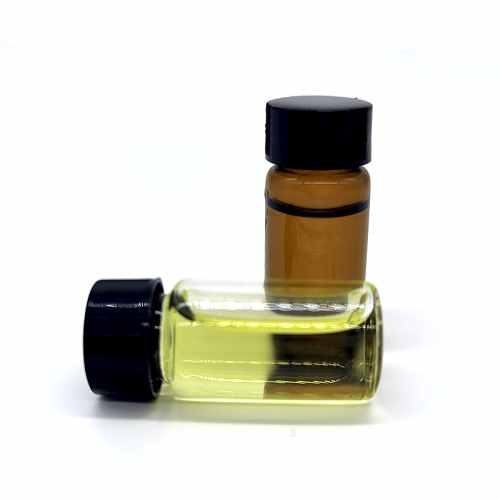
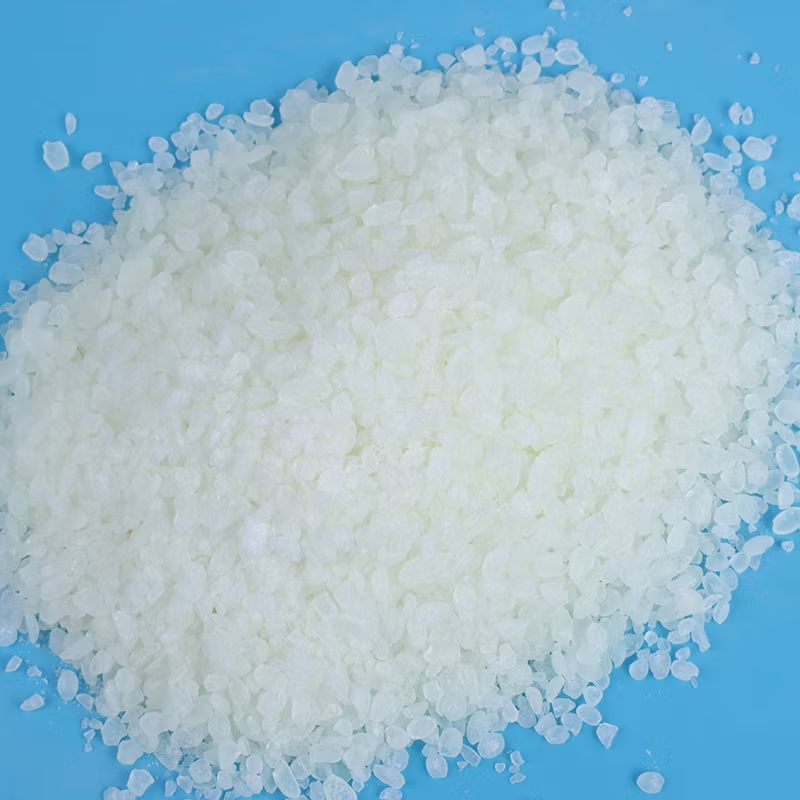

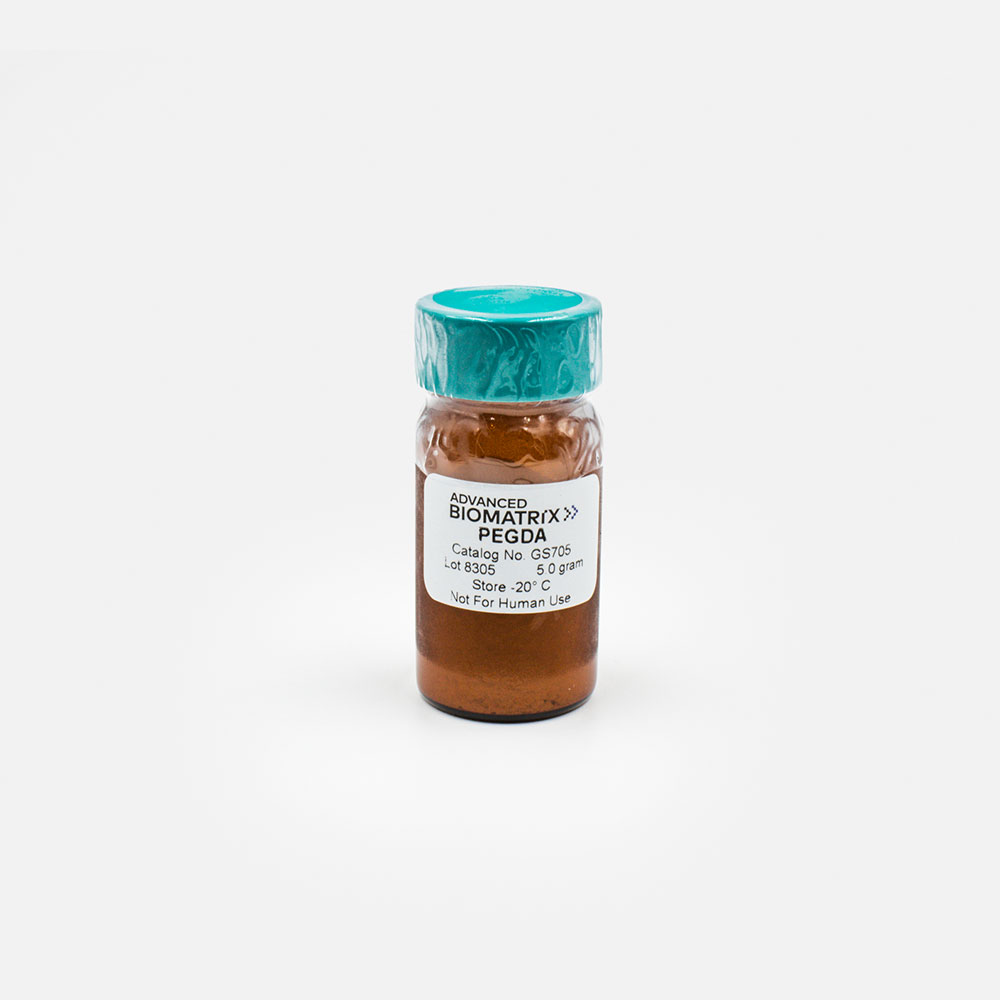

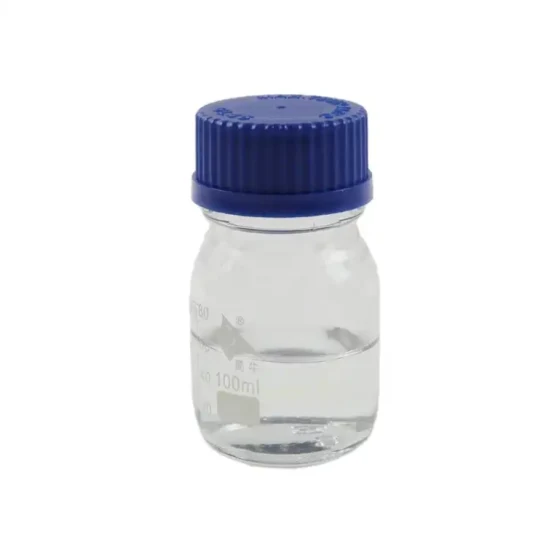


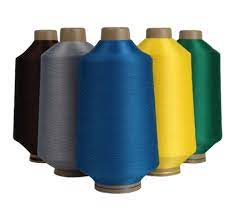
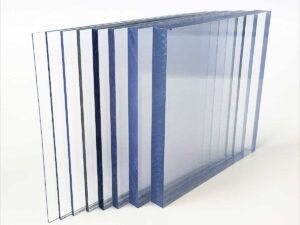
Reviews
There are no reviews yet.